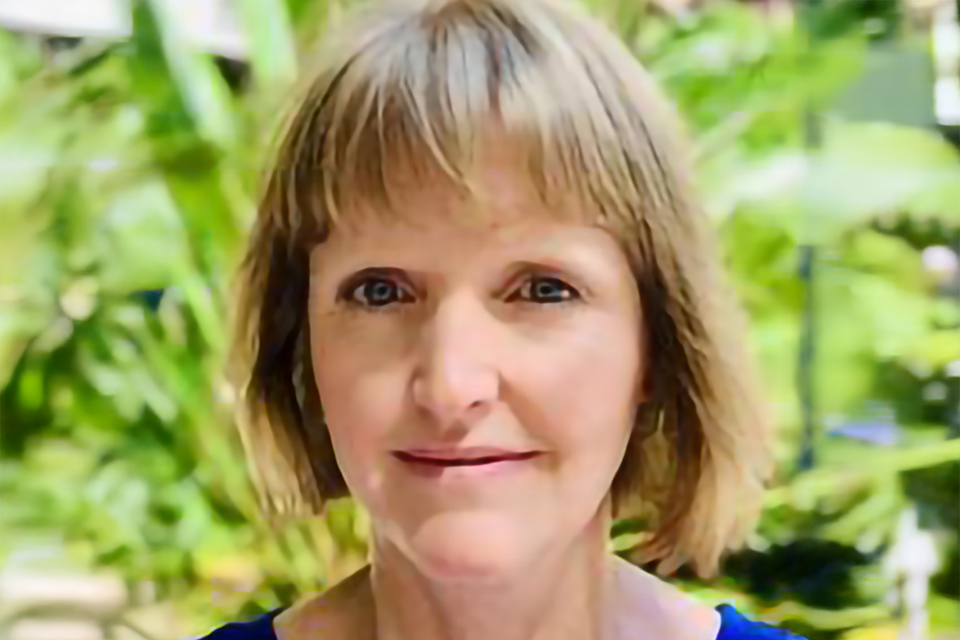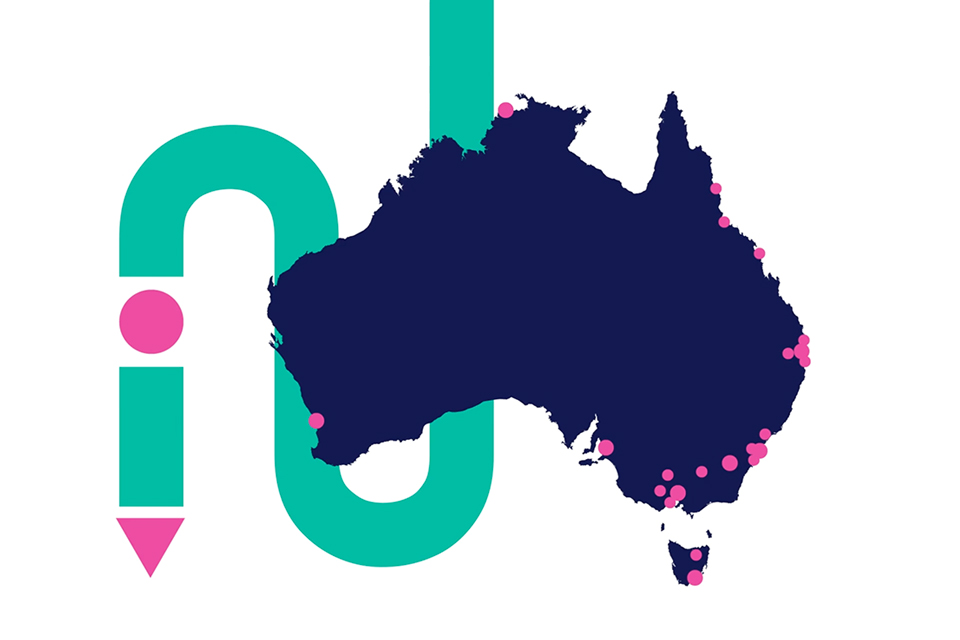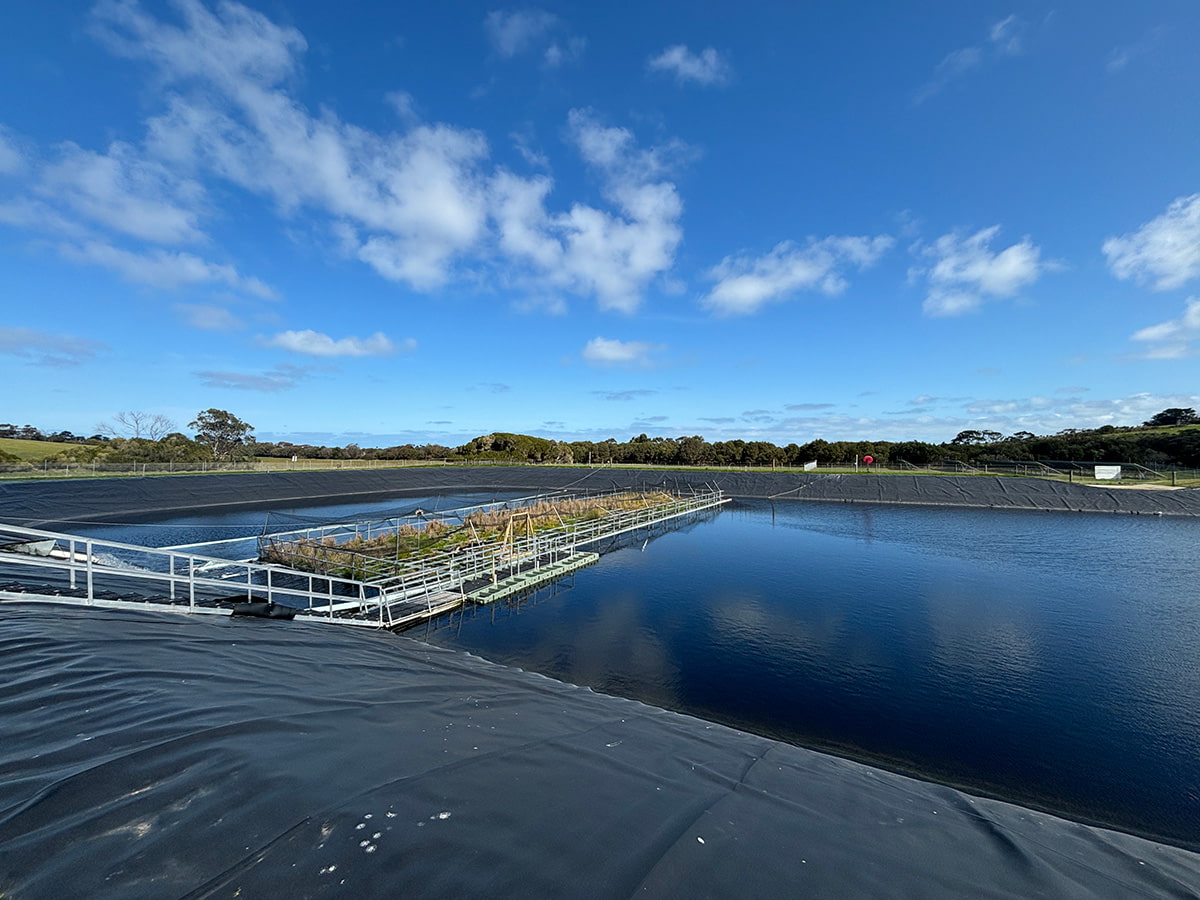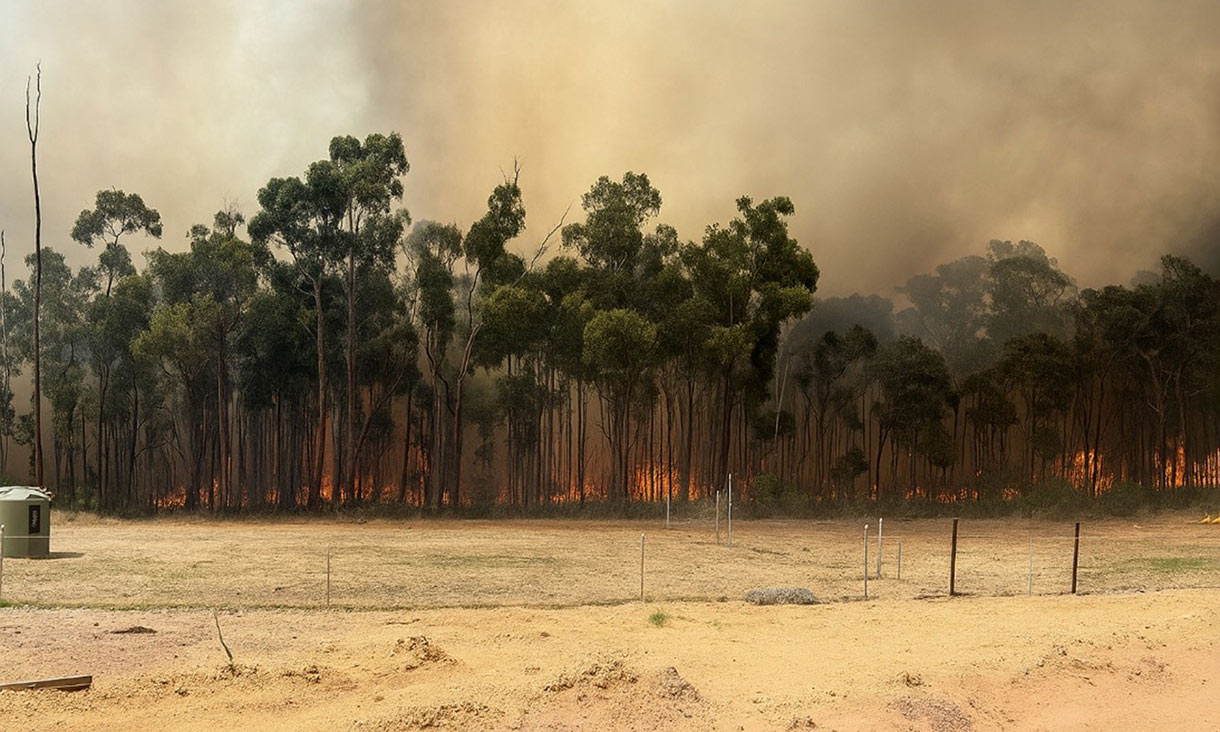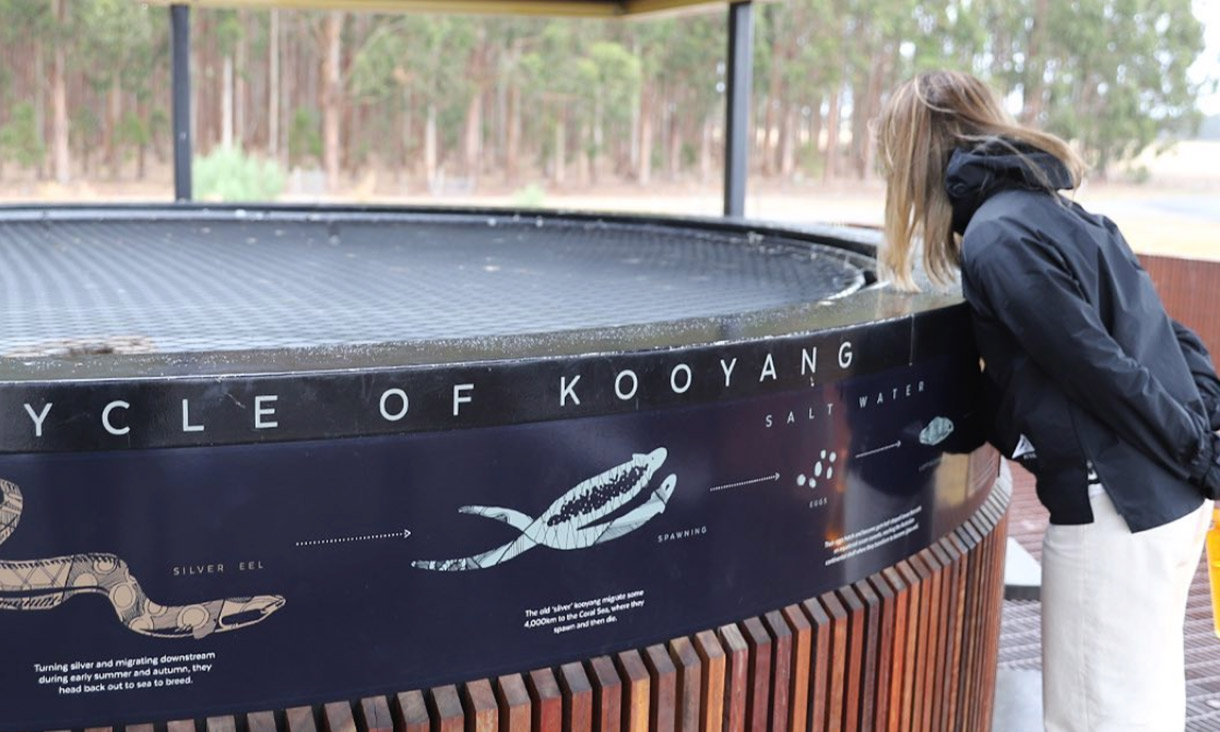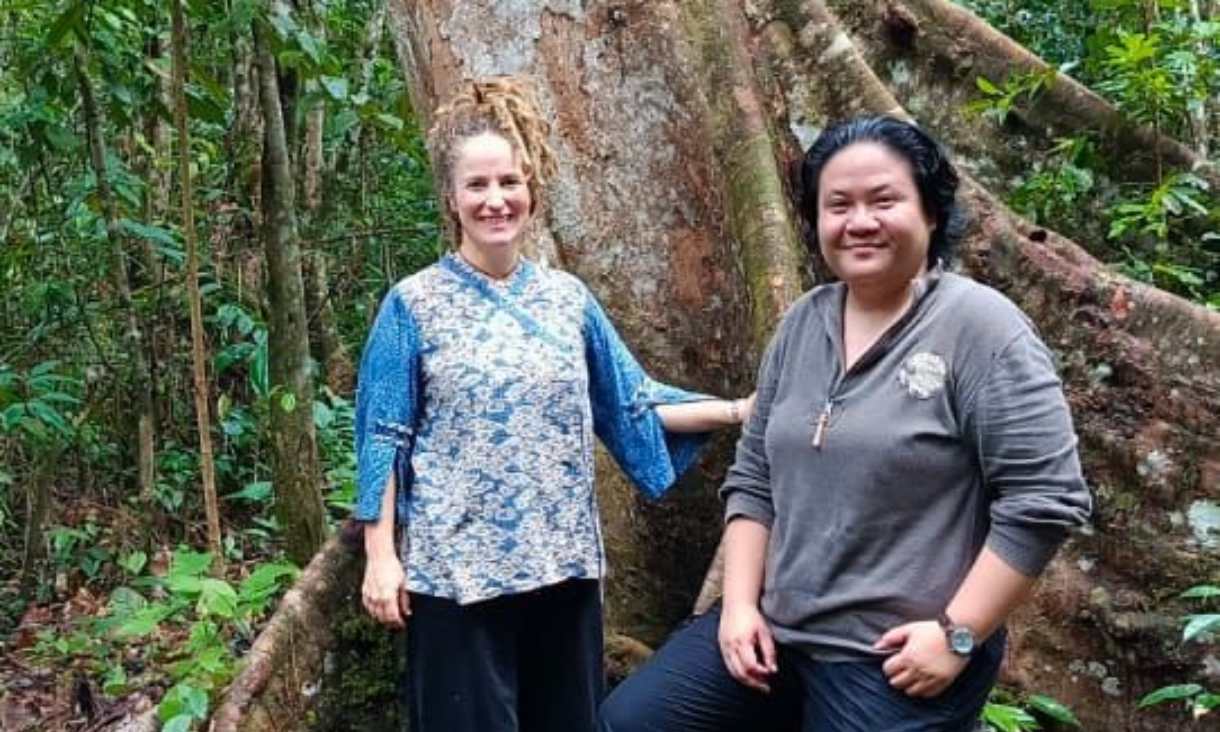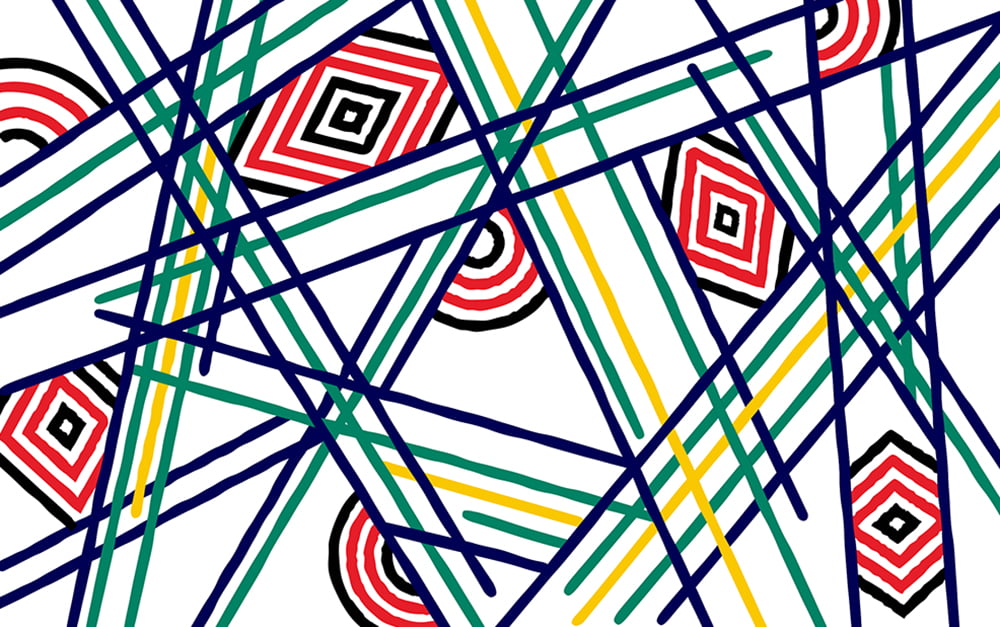Davern’s team developed the Australian Urban Observatory (AUO), a digital platform that transforms complex urban data into easily understood liveability maps across major cities.
Based on the team’s long-term research focusing on the connections between lived environment and public health, the platform gives users detailed information about their communities and the local factors influencing physical and mental health.
Davern said that the Observatory uses geographic information system (GIS) spatial maps to display public health data across key areas of liveability including walkability, public transport, social infrastructure and services, employment, food, housing and public open space.
Through the Observatory we are creating a new national resource of liveability indicators needed to identify, measure, monitor and target responses to critical social, economic and environmental challenges that are arising with Australia’s rapidly growing population
“Each indicator in the platform has been chosen because it is associated with health outcomes and is connected to government policies,” she said.
The online platform allows for detailed insights, analysis, and comparisons to be made and has been used extensively by government and industry - from policymakers and planners to developers looking to improve their community infrastructure or where to invest.
First launched in 2020 to measure and assess liveability across cities, council areas, suburbs and neighbourhoods in 21 of Australia’s largest cities, the AUO has since grown to become a successful startup.
The current transdisciplinary research team includes computer scientists, data scientists, architects, urban planners, geographers and ecologists.
Strong funding support, industry partnerships and research collaborations across government and industry have ensured a continued program of research that is helping to transform city planning in Australia and overseas.
The team is continuing to develop new liveability indicators while also replicating existing ones to allow for analysis of liveability over time.

